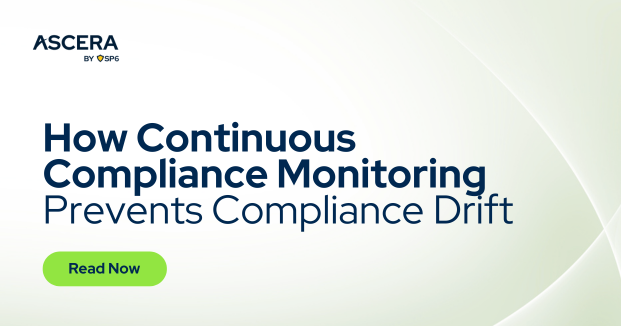It’s a familiar scenario: your environment was compliant last month. Maybe even last week. You passed an internal check, your documentation was buttoned up, and everything looked good on paper.
But then, a user disables a setting. Or a patch doesn’t apply correctly.
Suddenly, your compliance posture has shifted — with no alert to let you know.
What is Compliance Drift?
Compliance isn’t a box you check once and forget. The second your environment changes, your compliance status can change with it.
Compliance drift describes the process by which systems fall out of alignment with regulatory standards as organizations evolve and change. It’s not usually the result of a major failure, but rather a buildup of small, unnoticed changes over time that silently push your environment out of compliance.
These are just a few common examples of drift:
- Scan agents fail silently and no alerts go out
- New devices connect to your network without proper hardening
- Privileged access is granted but not tracked or reviewed
- Outdated software slips past patch management
- Configuration changes break encryption or logging settings
Most organizations don’t catch these issues right away because they rely on point-in-time compliance status checks. By the time they do notice, the damage is done. Or worse, they find out during their audit.
Why Point-in-Time Compliance Checks Aren’t Enough
Traditional compliance approaches rely on periodic audits or assessments. While these “point-in-time” checks may satisfy reporting requirements, they leave long intervals where misconfigurations, policy changes, or overlooked updates can go unnoticed.
You can’t fix what you can’t see — and without real-time visibility, you’re always reacting to yesterday’s status.
How Continuous Compliance Monitoring Bridges the Gap
Continuous Compliance Monitoring (CCM), or Continuous Controls Monitoring, refers to the use of automated tools to continuously monitor the effectiveness of your security controls and compliance status.
Continuous Compliance Monitoring allows you to shift from reactive, periodic checks to proactive, always-on oversight. Here’s how it prevents compliance drift:
- 24/7 Automated Oversight: Continuous monitoring tools operate around the clock, automatically scanning systems for deviations from compliance standards and alerting teams in real time.
- Immediate Drift Detection: Any unauthorized change — like a disabled security setting or a failed patch — is flagged instantly, allowing for rapid remediation before it becomes a larger issue.
- Reduced Risk Exposure: By shortening the window between when a compliance issue arises and when it’s detected, organizations drastically reduce the risk of breaches and compliance penalties.
- Audit-Ready Documentation: Continuous monitoring solutions automatically collect and organize evidence, ensuring you’re always prepared for audits without scrambling for last-minute documentation.
Instead of hoping your documentation reflects reality, Continuous Compliance Monitoring shows you where you stand at any given moment.
Continuous Compliance Monitoring with ASCERA
ASCERA’s Continuous Compliance Monitoring technology makes sure your team is always working with the most current, accurate information. That’s the only way to confidently answer the question: Are we compliant right now?
The answer to this question shouldn’t depend on when you last updated a spreadsheet — it should reflect what’s actually happening in your environment right now.
